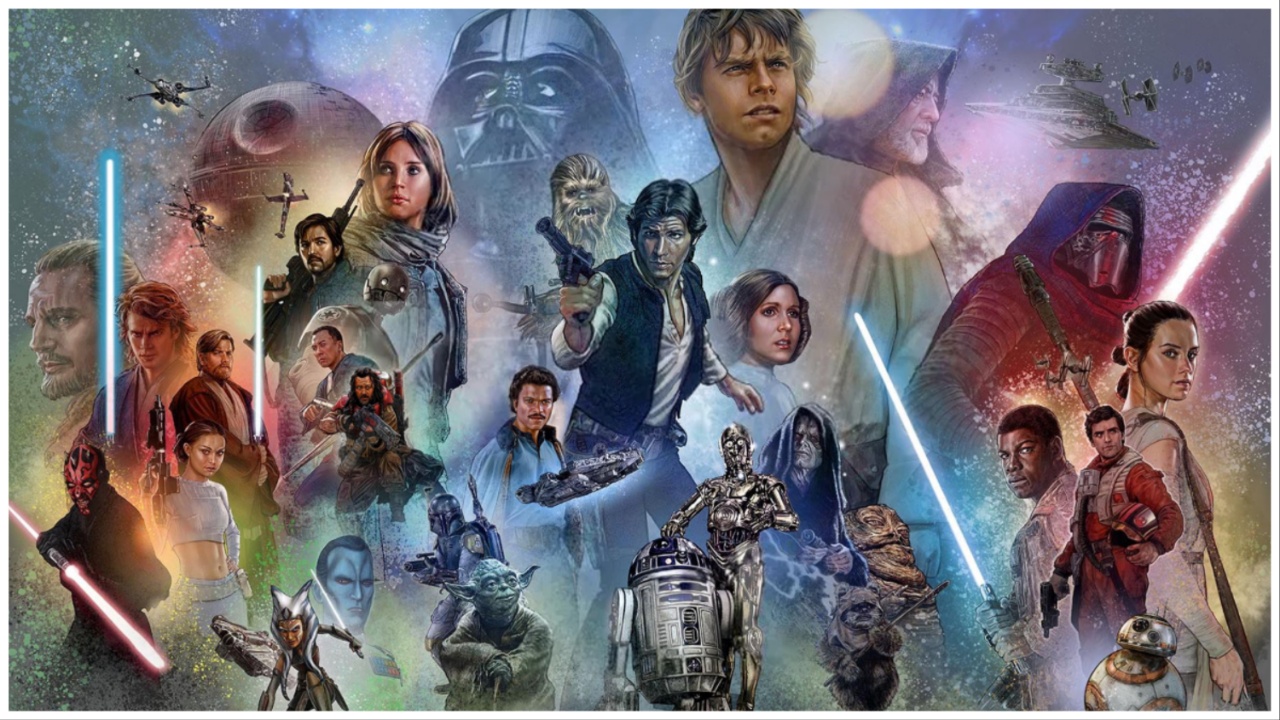What Is Transmedia? Transmedia Storytelling Explained

Movie, television, and video game franchises seem to be everywhere right now. We have Marvel (Disney) and DC (WBD) studios making comic book storylines into movies. Popular video games are being made into movies and TV shows. Some of these endeavors are proving to work better than others (hopefully DC will get their stuff together). However, the way they tell their stories has a lot in common.
After The Last of Us, starring Pedro Pascal and Bella Ramsey, blew us all away, the term transmedia storytelling became more popular. The HBO series came from the video game of the same name, special downloadable content, and a comic book that were mixed together to create the storyline for the show. The success of the show surprised critics who doubted the widespread appeal of the show and began a discussion on how, when done correctly, stories can be enhanced by transmedia storytelling. So what exactly is transmedia storytelling?
What is transmedia storytelling?
Originally used in academic settings, the term has become more commonplace as transmedia content has flooded the entertainment industry. Transmedia storytelling is a fictional story that is told across multiple media platforms. Media scholar Henry Jenkins coined the term in 2003 to describe the trend of fiction being “dispersed systematically across multiple delivery channels for the purpose of creating a unified and coordinated entertainment experience. Ideally, each medium makes its [sic] own unique contribution to the unfolding of the story.”
I first heard the term in a college class all about Star Wars (which was just as amazing as you think it would be). Star Wars is a prime example of transmedia storytelling. The main story unfolds over nine films. However, more information and pieces of the story are presented in other movies, television shows, comic books, novels, and video games. You can’t interact with just one aspect of the franchise and get the entire story. The entire narrative of “a galaxy far, far away” is woven into different media presentations and there are still more pieces being created for us to enjoy.
Most of the nerdy content we consume is transmedia storytelling. The Marvel and DC universes, The Matrix, The Hunger Games, Star Trek, Pokémon, The Walking Dead, and almost everything Disney are all examples of transmedia storytelling. Crossing media platforms allows the story to be told in fresh and innovative ways to keep audiences interested. Maybe you are sick of watching television shows, but decide to pick up the comic book series or one of the video games instead. Transmedia storytelling keeps you in the world of your favorite franchises without the fatigue of consuming it via the same medium repeatedly.
(featured image: Disney/Lucasfilm, art by Jason Palmer)
Have a tip we should know? [email protected]